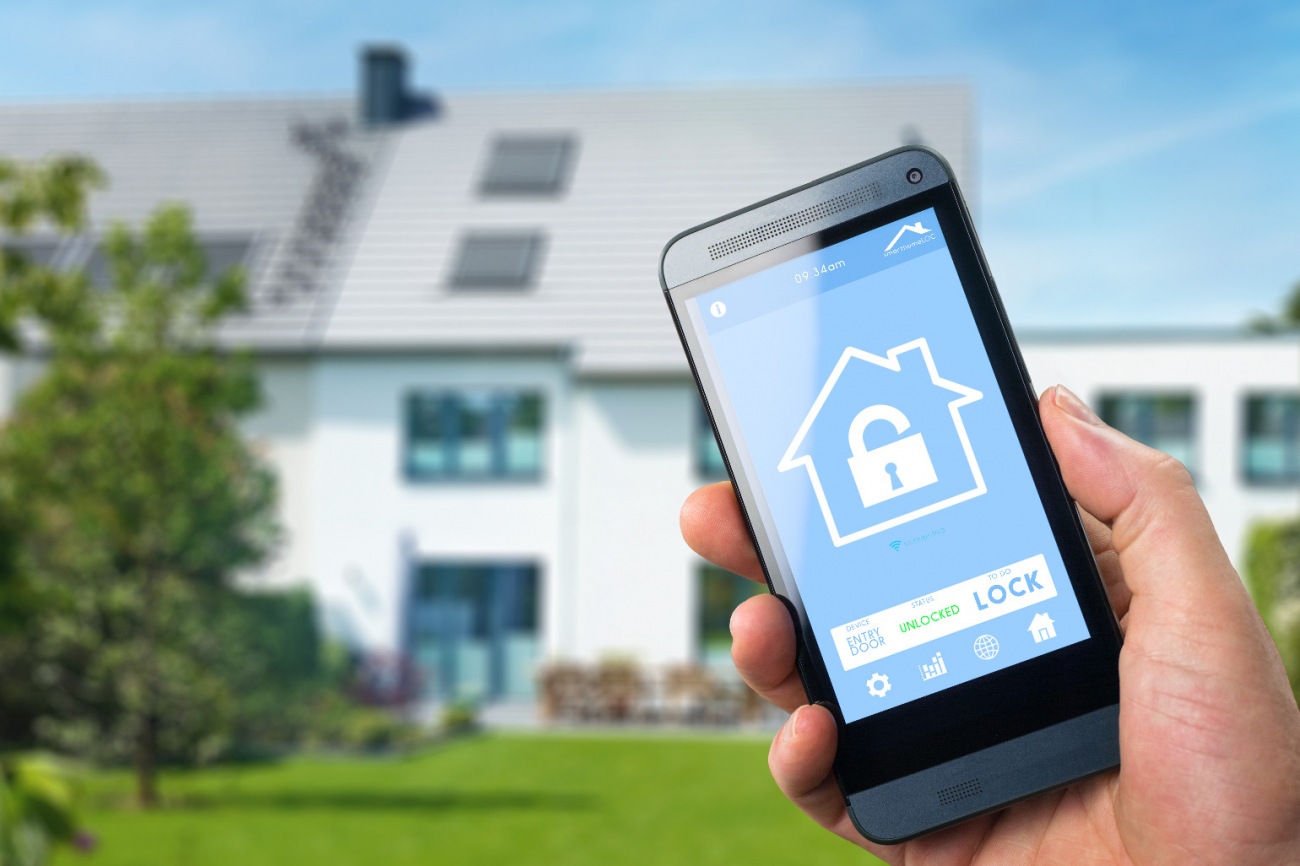Imagine walking into your home, and with a simple command, the lights turn on, the thermostat adjusts to your preferred temperature, and your favorite playlist starts playing. This seamless integration is no longer a futuristic dream but a reality that many homeowners and businesses are embracing through a DIY smart home setup.
At the heart of this transformation lies the potential for enhanced convenience, energy efficiency, and security. Whether you're a tech enthusiast or a novice, setting up a smart home can be an enriching endeavor. This article will guide you through the essentials of crafting a smart home environment that suits your needs.

The Building Blocks of a Smart Home
Before diving into the intricacies of a DIY smart home setup, it's crucial to understand the fundamental components that make up a smart home. From smart speakers to connected light bulbs, each device plays a pivotal role in the ecosystem.
Smart Hubs and Speakers
A smart hub serves as the brain of your smart home, allowing you to control various devices from a single point. Popular choices include Amazon Echo and Google Home, which come equipped with virtual assistants like Alexa and Google Assistant.
Smart Lighting
Smart lighting allows you to control the ambiance of your home with ease. Brands like Philips Hue offer a range of options that can be controlled through your smartphone or voice commands.
Security Systems
Enhance your home's security with smart cameras, doorbells, and locks. These devices provide real-time alerts and remote monitoring capabilities, ensuring peace of mind.
Steps to Set Up Your Smart Home
Embarking on a DIY smart home setup can be daunting, but breaking it down into manageable steps can simplify the process.
1. Assess Your Needs
Begin by identifying what you want from your smart home. Are you looking for energy efficiency, enhanced security, or entertainment? Understanding your priorities will guide your device selection.
2. Choose a Platform
Select a platform that aligns with your needs. Whether it's Apple's HomeKit, Amazon Alexa, or Google Assistant, ensure compatibility with your chosen devices.
3. Start Small
It's advisable to start with a few devices and gradually expand your setup. This approach allows you to familiarize yourself with the technology and avoid feeling overwhelmed.
4. Integrate Devices
Once you've acquired your devices, the next step is integration. Most smart devices come with user-friendly apps that guide you through the setup process.
Maximizing Efficiency and Convenience
A well-executed DIY smart home setup can significantly enhance energy efficiency and convenience.
Energy Savings
Smart thermostats like Nest or Ecobee automatically adjust heating and cooling based on your habits, leading to substantial energy savings. Learn more about energy savings with smart homes.
Automation
Automation is the cornerstone of convenience in a smart home. From programmed lighting schedules to automated security alerts, the possibilities are endless. Discover more about smart home automation.
Challenges and Considerations
While the benefits of a DIY smart home setup are numerous, there are challenges to consider. Compatibility issues, data privacy, and the initial investment can pose hurdles. However, with careful planning and research, these challenges can be mitigated.
Compatibility
Ensure that your devices are compatible with your chosen platform to avoid integration issues. Cross-reference manufacturer specifications and user reviews for guidance.
Data Privacy
With increased connectivity comes the risk of data breaches. Choose devices from reputable brands that prioritize security and offer regular firmware updates.
Conclusion
A DIY smart home setup offers the opportunity to create a personalized, efficient, and secure living environment. Whether you're starting small or envisioning a fully integrated system, the key is to stay informed and adaptable. For further reading, check out this smart home setup guide.

FAQs
How do I start a DIY smart home setup?
Begin by identifying your needs, selecting a compatible platform, and gradually integrating smart devices into your home.
What are the benefits of a smart home?
Smart homes offer enhanced convenience, energy efficiency, and security, allowing homeowners to control various aspects of their home remotely.
Are smart homes expensive to set up?
The cost of setting up a smart home can vary based on the devices and platform chosen. Starting small and gradually expanding can help manage costs.

